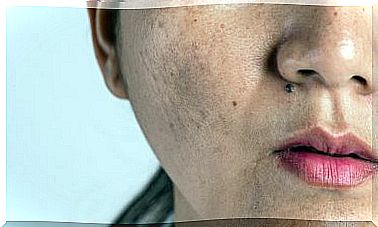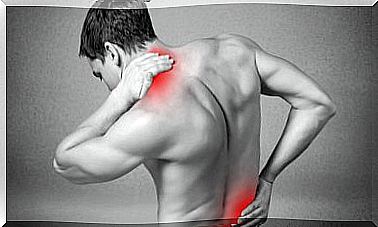Central Venous Catheters: Concept And Precautions
Central venous catheters are a highly relevant medical tool in the field of vascular access. It is used to deliver medications, as well as blood products, fluids, or nutrients directly into the patient’s blood.
A second also very widespread use of central venous catheters is to draw blood that is used to test the person. These tools may also be called central venous access devices or central lines.
It is worth mentioning the important advances that have occurred over the last few years in medicine. All of them focused on the improvement and development of these devices.
There are a wide variety of types of central venous catheters. The best known and most common are the port and the PICC line. The procedure that must be followed for the correct operation of the device, as well as the care and precautions that must be taken, depend on the type of access that is being used.
Of course, it is essential that all processes are always carried out in a protocolized manner.
Concept and characteristics of central venous catheters

Central venous catheters are an effective and widely used form of vascular access. Specifically, there are a number of situations in which they are especially indicated as a method to be followed by professionals. These situations are as follows:
- In patients with contraindication to peritoneal dialysis who also have an inability to perform arteriovenous fistulas.
- That there is great difficulty or impossibility to perform an adequate vascular access. This is usually due to a lack of venous development or poor arterial bed.
- In the event that the patient suffers from acute or chronic renal failure in which hemodialysis is urgently required.
- Whether the patient should receive hemodialysis for short periods while waiting for a living donor kidney transplant.
- In the event of special circumstances. These may be the express wish of the patient, an express contraindication of the medical professional due to cardiovascular status, or certain malignant diseases.
There are different professional opinions focused on classifying the different central venous catheters. However, there is a particularly relevant one that differentiates between tunnelled and non-tunnelled.
Both of them require practically the same basic nursing care, although afterwards they present certain differences.
Tunneled central venous catheters are those that are intended to be used for more than four weeks. On the other hand, the non-tunnelled ones are focused on being used for less than three or four weeks.
Cautions and precautions in its use

First of all, it should be mentioned that the objectives of the precautions taken with central venous catheters are always aimed at obtaining the best possible performance in the practices that are being carried out.
Likewise, it is intended to minimize the risk factors that may arise from possible complications. In the event that these complications occur, the important thing is to be able to detect them early.
Both the early detection of these complications and the minimization of the risks will be able to develop adequately without problems. For this, a good observation, assessment and planning of care must be carried out by professionals .
In fact, the correct development by the health personnel of their work is the most important thing in order for the vascular access to work well.
Thanks to the latest technological advances and the evolution of modern medicine, it is possible to speak of an increasing patency and survival of central venous catheters. It is worth mentioning the appearance of more biocompatible materials, thanks to which the achievement of these objectives is facilitated.
Likewise, there are certain behaviors that must always be carried out by professionals. These allow and facilitate the correct development of any manipulation, connection, disconnection and sealing of central venous catheters. Thus, among other measures, according to universal aseptic measures:
- The use of a field, gown and sterile gloves are mandatory at all times.
- Both the professionals who carry out the work, as well as the patient, must wear a mask.
It is worth mentioning that the concept of asepsis consists of the absence of septic matter, a state without infection. This means that any substance that can cause putrefaction, as well as any pathogenic germ, is eliminated and avoided.









